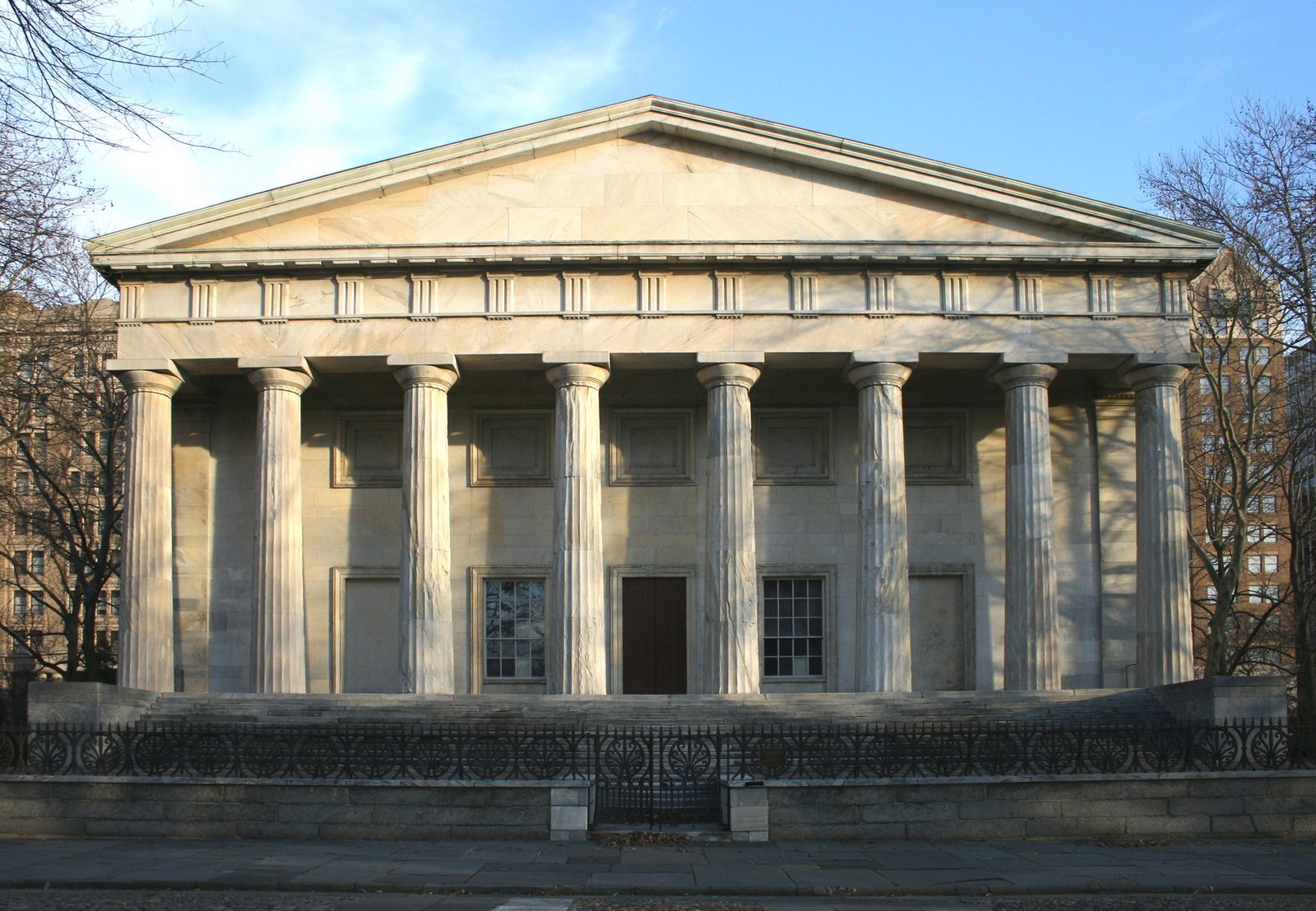Historic structure highlights offer a glimpse into the past, reflecting the architectural styles, craftsmanship, and cultural heritage of bygone eras. Capturing these historic landmarks through photography involves highlighting their unique details, historical significance, and enduring beauty. This article explores the essential techniques for photographing historic structures to effectively showcase their timeless allure and historical value.

Emphasizing Architectural Details
Historic structures are often characterized by intricate architectural details that reflect the craftsmanship of their time. To capture these details effectively, use high-resolution cameras and lenses that allow for sharp, clear images. Focus on elements such as ornate facades, decorative moldings, and handcrafted materials. Close-up shots can reveal the texture and artistry of these features, while wider shots can provide context and showcase how these details contribute to the structure’s overall historical character.
Highlighting Historical Significance
The historical significance of a structure adds depth and context to its photographic portrayal. When photographing historic buildings, aim to capture elements that reflect their historical importance, such as plaques, inscriptions, or period-specific architectural styles. Including these details in your shots provides viewers with a deeper understanding of the building’s history and cultural relevance.
Utilizing Natural and Artificial Lighting
Lighting plays a crucial role in highlighting the beauty and details of historic structures. Natural light often enhances the textures and materials of historic buildings, bringing out their authentic charm. Aim to photograph during the golden hours—early morning or late afternoon—when the light is soft and warm, creating a flattering effect on the architecture. For interiors, use a combination of natural and artificial lighting to capture the atmosphere and details of the space effectively.
Capturing Timeless Beauty
Historic structures are celebrated for their timeless beauty and architectural elegance. To capture this, focus on framing shots that highlight the grandeur and scale of the building. Use wide-angle lenses to encompass the full scope of the structure and its surroundings, and experiment with different angles to reveal the building’s architectural features. Pay attention to symmetry, proportion, and the interplay of light and shadow to convey the timeless allure of the architecture.
Showcasing Context and Environment
The context and environment in which a historic structure is located can enhance its visual impact. Include shots that show how the building interacts with its surroundings, whether it’s set against a natural landscape or part of an urban setting. Contextual images provide additional perspective and help viewers appreciate how the historic structure fits into its broader environment.
Applying Composition Techniques
Effective composition is key to capturing the essence of historic structures. Apply techniques such as the rule of thirds, leading lines, and framing to enhance the visual appeal of your shots. Symmetrical compositions can emphasize the balance and grandeur of historic architecture, while asymmetrical compositions can introduce dynamic elements and draw attention to specific features. Thoughtful composition helps to create visually engaging images that reflect the building’s historical significance and beauty.
Highlighting Preservation Efforts
Many historic structures are preserved and maintained through significant efforts. Capture images that highlight any restoration work or preservation measures that contribute to the building’s current state. Documenting these efforts not only showcases the building’s enduring value but also honors the work done to preserve its historical integrity.
Expert Post-Processing
Post-processing is essential for refining photographs of historic structures. Use editing software to adjust brightness, contrast, and color balance, ensuring that the images are polished and true to the original appearance of the architecture. Avoid over-editing; the goal is to enhance the details and authenticity of the historic structure while maintaining its natural charm.
Capturing Seasonal Changes
Historic structures often look different throughout the seasons. Consider capturing the building in various seasons to showcase how its appearance changes with the environment. For example, photographing a historic building in the fall with colorful foliage or in the winter with a snow-covered facade can provide a unique and evocative perspective on its timeless beauty.
Conclusion
In conclusion, capturing historic structures requires a focus on architectural details, historical significance, and timeless beauty. By utilizing natural and artificial lighting, showcasing context and environment, and applying effective composition techniques, photographers can create compelling images that reflect the enduring allure of historic architecture. Highlighting preservation efforts and capturing seasonal changes further enrich the portrayal of these structures. Expert post-processing ensures a polished presentation, making historic structure photography a powerful tool for celebrating and preserving architectural heritage. For those interested in showcasing the past, historic structure photography offers an insightful and visually captivating glimpse into the world of timeless architecture.

